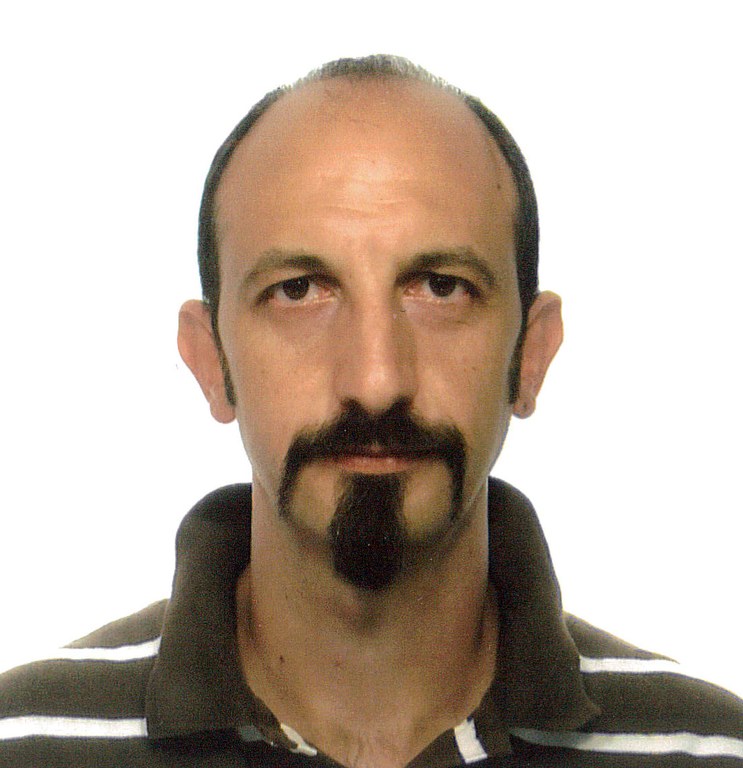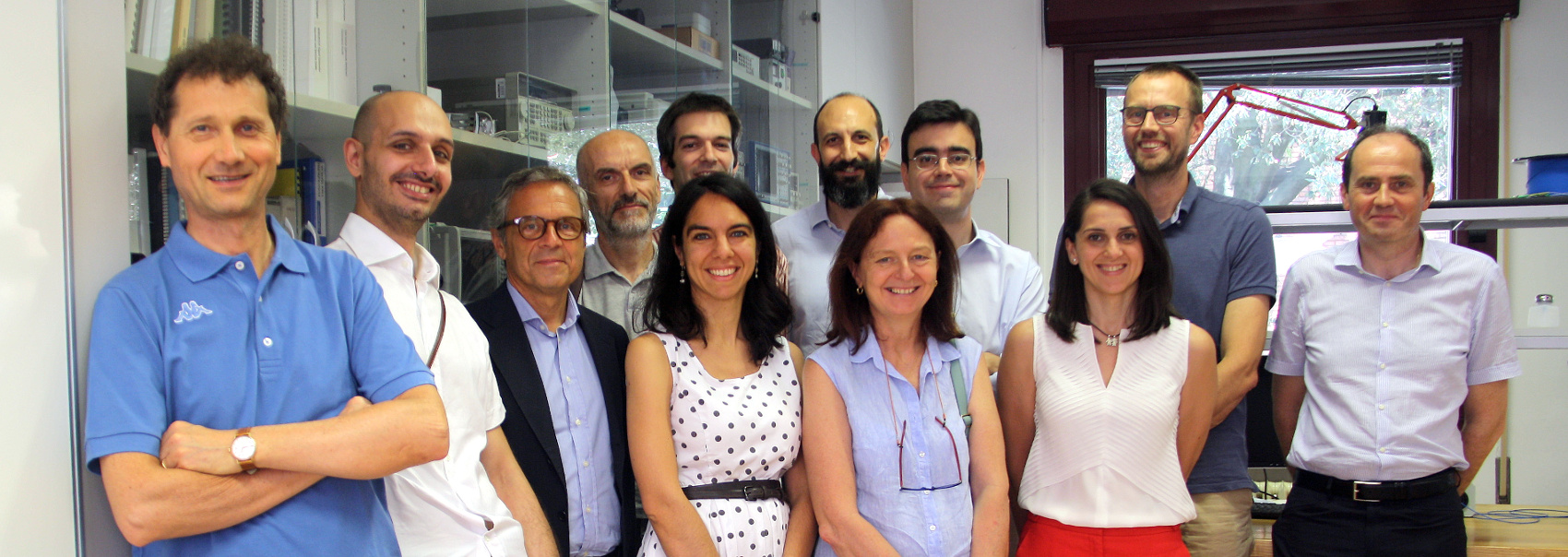DOMINO
| DOMINO: Dikes and Debris Flows Monitoring by Novel Optical Fiber Sensors | |||||||||
|
Project presentation: DOMINO |
|||||||||
 |
Coordinator: Luca Palmieri | ||||||||
| Projects Partner and Institution: University of Padova, Italy |
|||||||||
|
Key words: dike; debris flow; fiber optic sensor; distributed monitoring; pressure; ground vibration |
|||||||||
|
Abstract: With more than one billion kilometers installed around the globe, optical fibers are known to be the backbone of the Internet and of worldwide communications. Less known is the use of optical fibers as sensors of different physical parameters, as mechanical deformation and temperature. With respect to traditional sensors, optical fibers offer several advantages including easiness of remote operation and intrinsic robustness to extreme conditions. Most remarkably, optical fibers enable “distributed sensing”, in which a several kilometers long cable can act as a concatenation of thousands of independent sensors. These very unique characteristics make optical fibers the sensors of choice to monitor large structures or sites, just like dikes and channels or ravines along which debris flows may develop. |
|||||||||
| Project structure: DOMINO is organized in 6 working packages as listed below: |
|||||||||
| Implementation: The project begin with a detailed modelling and analysis of the phenomena to be monitored; to this aim numerical models of dike seepage and debris flows are implemented. This first phase allows to accurately define the specifications that the sensors will have to meet in terms of sensitivity, limit of detection, accuracy, sensing range, spatial resolution, distance range and temporal response. This phase will be fundamental to the design of the DVS, QDPS and DPS systems. The sensors will be tested both in small- and large-scale test beds; small-scale laboratory tests will assist sensors development and will assess their specifications; large-scale facilities will verify their use and performances in the field. The numerical models will be used also for the interpretation of experimental data, and will allow the definition of data analysis algorithms to estimate specific physical properties of the events. Stakeholders will be constantly involved for the whole duration of the project; their feedback is crucial for the accurate focusing of the project activity, avoiding that impractical or badly tailored solutions might be pursued. At the same time, the research Team will inform the stakeholders about the new technologies and their potentials, contributing to increase and diffuse the awareness about FOSs and their use in the characterization and protection from geo-hydrological extreme events. |
|||||||||
| Outcome/deliverables: The main outcomes of DOMINO will be a fiber-optic distributed vibration sensor for the monitoring of debris flows, and fiber-optic distributed and quasi-distributed pressure sensors for the monitoring of dikes and the characterization of debris flows. The following milestones will be achieved/released during the project execution ("Mxx" indicate the delivery month): |
|||||||||
|
References coordinator and leaders of each WP: |
|||||||||
|
Contact Point for Communication/Dissemination activities: Andrea Galtarossa |
|||||||||
|
Contact Point for Open Data/Open Access activities: Luca Palmieri |
|||||||||
|
|
|||||||||
 |
|||||||||
Results of the project: Data and resources
